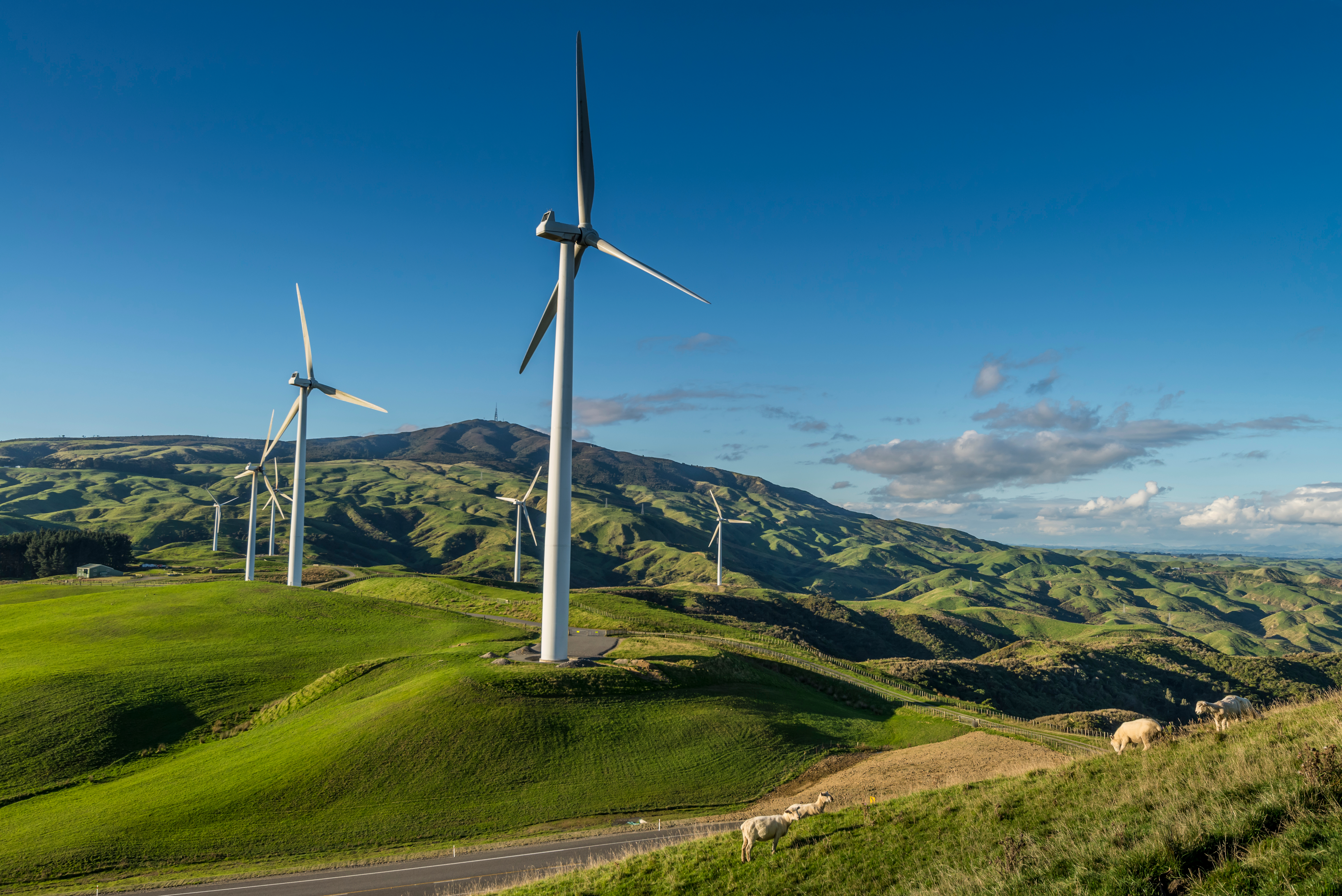Energy in New Zealand 2023
Comprehensive information on and analysis of New Zealand’s energy supply and demand
On this page

This is the web version of Energy in New Zealand 2023
Download the PDF version:
In this section
Energy overview
This report presents comprehensive information on and analysis of New Zealand’s energy supply and demand for the 2022 calendar year.
Energy balances
New Zealand’s energy production comes from both renewable and non-renewable sources. The energy balance tables show how energy supply and demand by sector varies by energy type.
Electricity
New Zealand generates and consumes around 43,500 gigawatt hours (GWh) of electricity a year. Most of our electricity comes from renewable sources such as hydroelectricity, with the overall share of renewable electricity generation exceeding 80% in most years.
Renewables
The share of renewable energy in New Zealand’s total energy consumption was at an all-time high in 2022. This was driven by strong renewable resources from hydro, geothermal, and wind energy production.
Natural gas
New Zealand’s natural gas fields are concentrated around and off the coast of the Taranaki region. All natural gas produced in New Zealand is used in New Zealand.
Oil
‘Oil’ is a term that covers a range of different products; from crude oil extracted from oil fields, to refined fuels like petrol and diesel, and non-fuel products like bitumen.
Coal
New Zealand has extensive coal resources. Our estimated in-ground resources are over 15 billion tonnes, although 80% of this is lignite in the South Island. Sub-bituminous and bituminous in-ground resources are around 4 billion tonnes, but economic reserves are much smaller.

